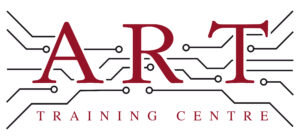SMD rework is an essential skill for anyone working with modern electronics, whether you’re fixing assembly errors, replacing faulty components, or upgrading to the latest tech. Mastering the basics can save time, reduce waste, and keep projects on track.
Reworking surface mount devices might seem daunting at first, but with the right tools and techniques, it becomes a manageable and even satisfying task. The key is understanding the proper steps for removing and replacing components without damaging the PCB or surrounding parts.
In this guide, we’ll walk you through the foundational techniques of SMD rework, highlighting the must-have tools and providing straightforward, step-by-step processes.
If you’re looking to improve your SMD rework skills, see our C1 Rework Course.
Interested in More Information on Hand Soldering?
Call: +44 (0)1245 237083
Email: [email protected]
Essential Tools for SMD Rework
To tackle SMD rework effectively, you need the right tools. A soldering iron with fine tips is a staple for precise soldering on small components, while a hot air rework station allows for controlled heating when removing or replacing parts. Tweezers are invaluable for handling tiny components, and desoldering braid or solder wick helps clean up excess solder and prepare pads for rework.
Magnification tools like microscopes or magnifying glasses provide the clarity needed to see small details, ensuring accuracy in your work. Don’t forget ESD protection, such as wrist straps and mats, to safeguard sensitive components from electrostatic discharge. Having these essential tools at hand sets you up for smooth and successful rework every time.

Step-by-Step Rework Process
Removing SMD Components
Start by powering off and securing the PCB on a stable surface. Ensure you have ESD protection in place to avoid damaging sensitive components. Use a hot air rework station to evenly heat the component until the solder melts. Once the solder is molten, gently lift the component using tweezers, taking care not to damage the pads or nearby components.
Cleaning the Pads
After removal, it’s crucial to clean the pads properly. Use a desoldering braid or solder wick to absorb excess solder, leaving the pads clean and flat. A small amount of flux can help with this process, making it easier to remove solder and prepare the pads for the new component.
Replacing SMD Components
Position the new component on the cleaned and fluxed pads using tweezers, aligning it carefully. Apply heat with your soldering iron or hot air station to reflow the solder, securing the component in place. Make sure the solder joints are well-formed and the component is correctly aligned.
Tips for Effective SMD Rework
Reworking SMD components requires a mix of precision, patience, and proper temperature control. Always keep your tools well-maintained and clean, especially your soldering tips and nozzles. Practice using just the right amount of heat—too much can damage components or lift pads, while too little can leave joints unreliable.
Take your time with positioning, ensuring each component is perfectly aligned before soldering. A good magnification tool will help you inspect your work closely, ensuring every joint is properly wetted and free of defects. Remember, the goal is to make the reworked area look as good as the original assembly, if not better.




